A model based on human stem cell–derived neurons is allowing researchers to understand opioid-induced respiratory failure to improve overdose treatment.
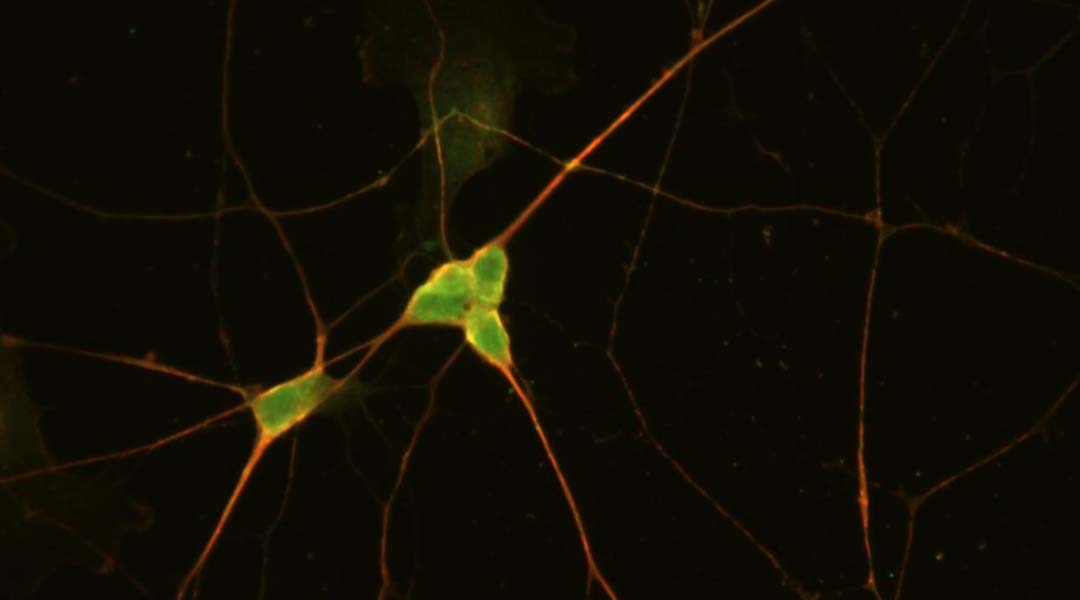

A model based on human stem cell–derived neurons is allowing researchers to understand opioid-induced respiratory failure to improve overdose treatment.
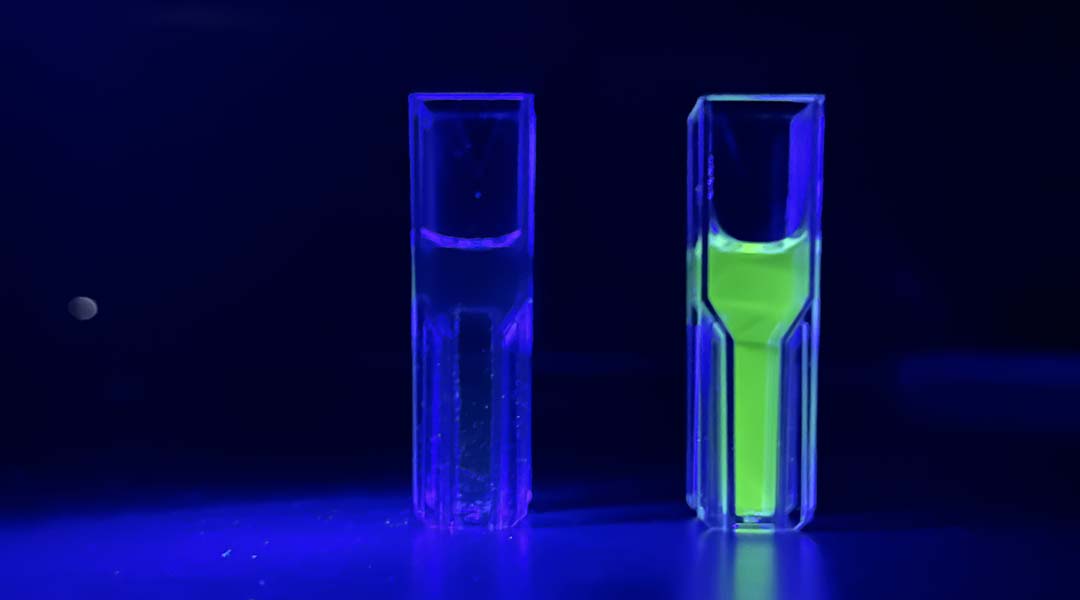
Analyzing biomolecules found in the breath, scientists can detect early signs of deadly blood clots found in diseases like COVID-19, heart disease, sepsis, and more.

Scientists investigate “hycean” exoplanets with hydrogen-rich atmospheres and liquid water oceans, challenging traditional definitions of habitability.
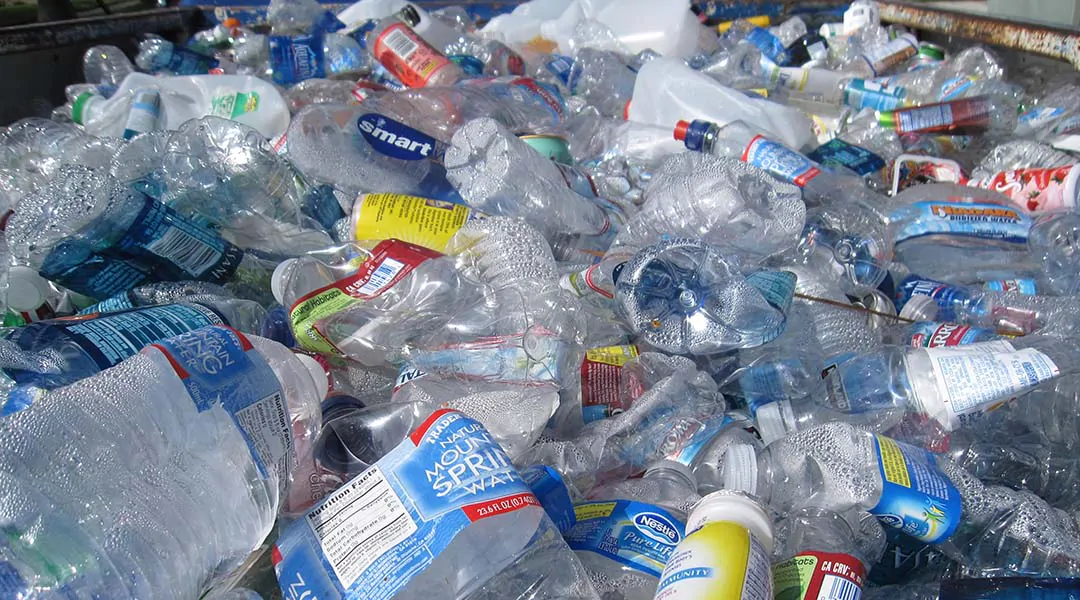
A flash heating technique breaks down plastic waste and converts it to pure hydrogen and graphene with significantly less emissions and at a low cost.

What if quantum computing could be simulated using hardware that isn’t so finicky?
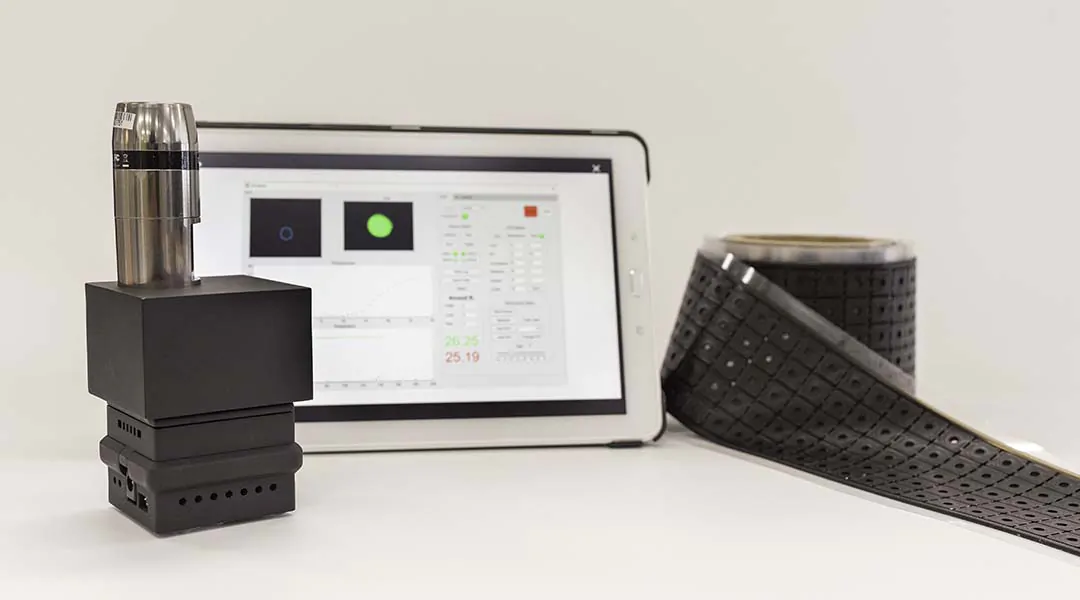
The hand-held device was designed for use by the general public, providing diagnoses in only 15 minutes without the need for appointments and long wait times for results.

Communicating with animals has long been the dream of scientists and animal lovers alike, and AI has the potential to bring us closer.
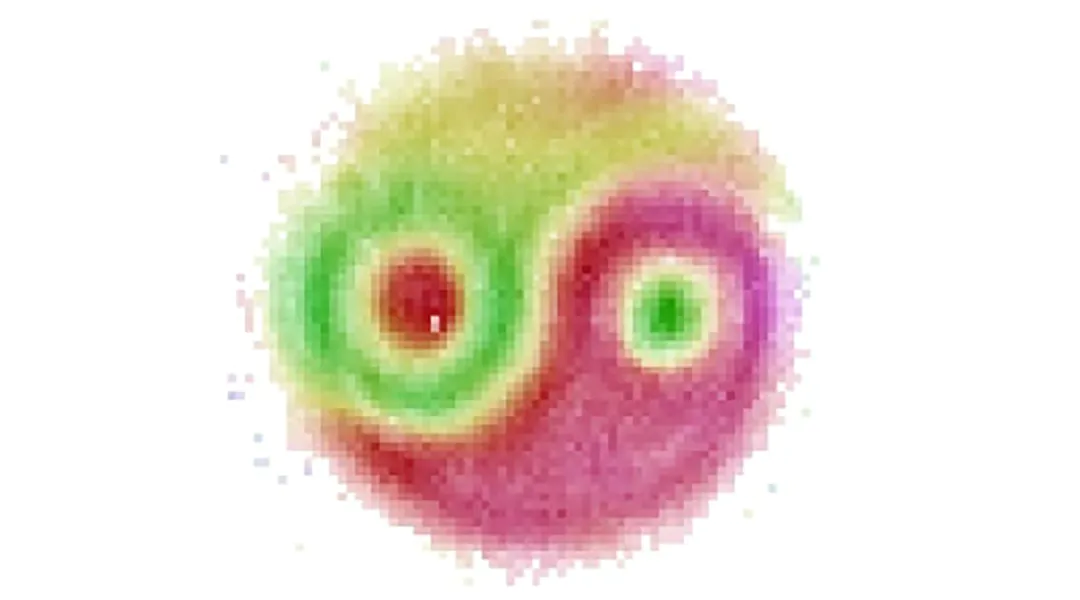
The mysterious phenomenon that Einstein once described as “spooky action at a distance” was seen as a wavefunction between two entangled photons.
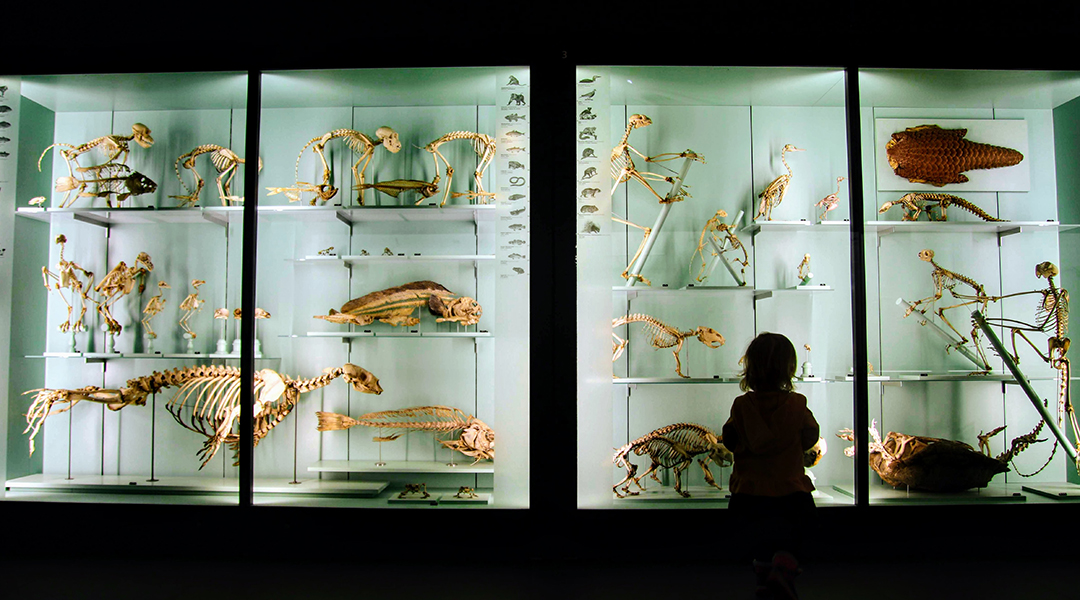
We are now learning smaller mammals diversified at a similar rate to larger ones, leading paleontologists to speculate on this explosion in diversity.

Using mouse embryos, scientists explore the impact of high exposure to a common plasticizer on male fertility, but caution: the dose makes the poison.